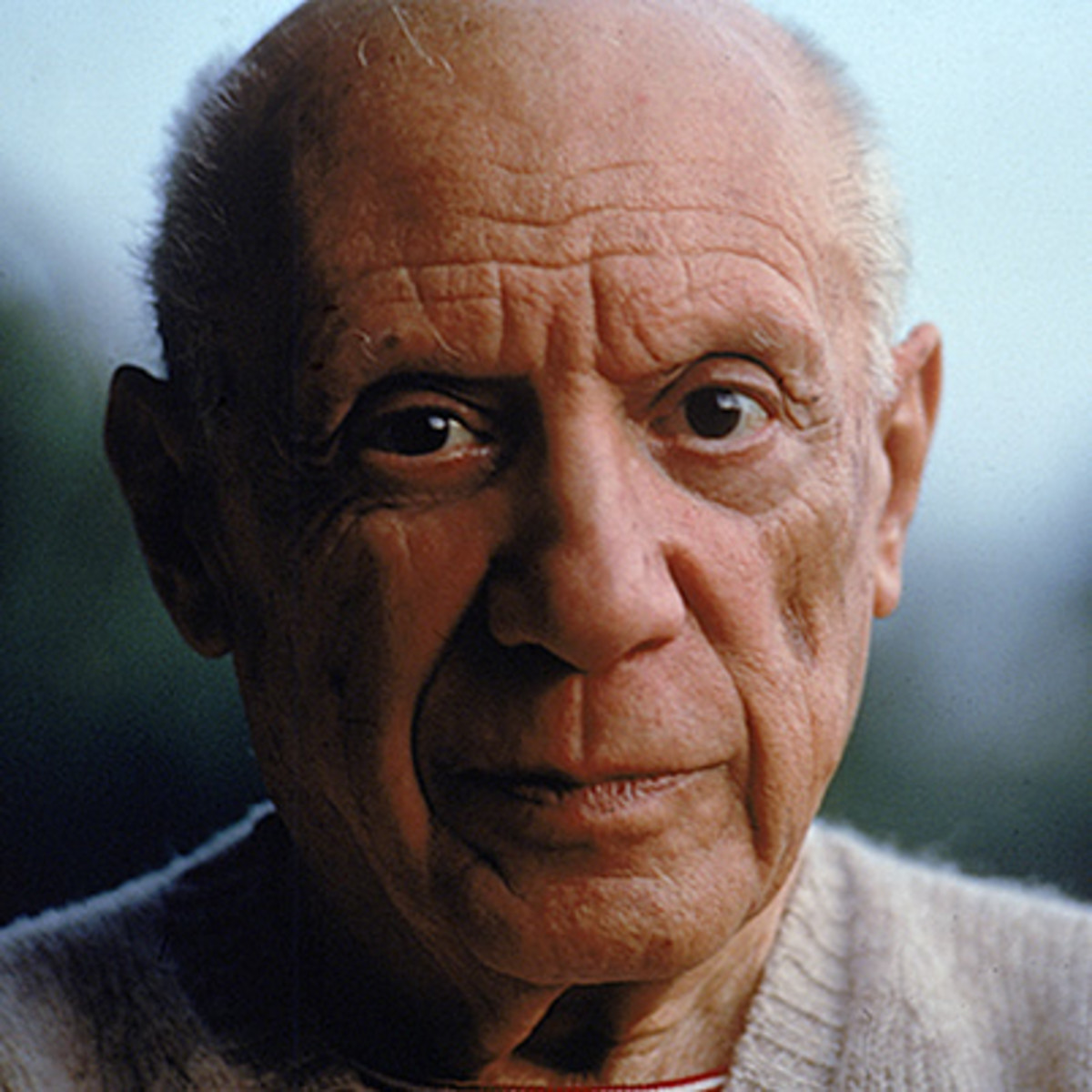
Pablo Picasso
Biography
Pablo Picasso (October 25, 1881 to April 8, 1973) was a Spanish expatriate painter, sculptor, printmaker, ceramicist and stage designer considered one of the greatest and most influential artists of the 20th century and the co-creator, along with Georges Braque, of Cubism. Considered radical in his work, Picasso continues to garner reverence for his technical mastery, visionary creativity and profound empathy. Together, these qualities have distinguished the "disquieting" Spaniard with the "sombrepiercing" eyes as a revolutionary artist. For nearly 80 of his 91 years, Picasso devoted himself to an artistic production that he superstitiously believed would keep him alive, contributing significantly to — and paralleling the entire development of — modern art in the 20th century.
Early years
Pablo Ruiz Picasso was born on October 25, 1881, in Malaga, Spain. He was the eldest and only son with two younger sisters, Lola and Concepción. His father, José Ruiz Blasco, was a professor in the School of Arts and Crafts. Pablo's mother was Maria Ruiz Picasso (the artist used her surname from about 1901 on). It is rumored that Picasso learned to draw before he could speak. As a child, his father frequently took him to bullfights, and one of his earlier paintings was a scene from a bullfight.
In 1891 the family moved to La Coruña, where, at the age of fourteen, Picasso began studying at the School of Fine Art. Under the academic instruction of his father, he developed his artistic talent at an extraordinary rate.
When the family moved to Barcelona, Spain, in 1896, Picasso easily gained entrance to the School of Fine Arts. A year later he was admitted as an advanced student at the Royal Academy of San Fernando in Madrid, Spain. He demonstrated his remarkable ability by completing in one day an entrance examination for which an entire month was permitted.
Picasso soon found the atmosphere at the academy stifling, and he returned to Barcelona, where he began to study historical and contemporary art on his own. At that time Barcelona was the most vital cultural center in Spain, and Picasso quickly joined the group of poets, painters, and writers who gathered at the famous café Els Quatre Gats (The Four Cats). Between 1900 and 1903 Picasso stayed alternately in Paris, France, and Barcelona. He had his first one-man exhibition in Paris in 1901.
Career
At the turn of the twentieth century Paris was the center of the international art world. In painting it was the birthplace of the impressionists—painters who depicted the appearance of objects by means of dabs or strokes of unmixed colors in order to create the look of actual reflected light. While their works retained certain links with the visible world, they exhibited a decided tendency toward flatness and abstraction.
Picasso set up a permanent studio in Paris in 1904. His studio soon became a gathering place for the city's most modern artists, writers, and patrons.
Picasso's early work reveals a creative pattern which continued throughout his long career. Between 1900 and 1906 he worked through nearly every major style of contemporary (modern) painting. In doing so, his own work changed with extraordinary quickness.
